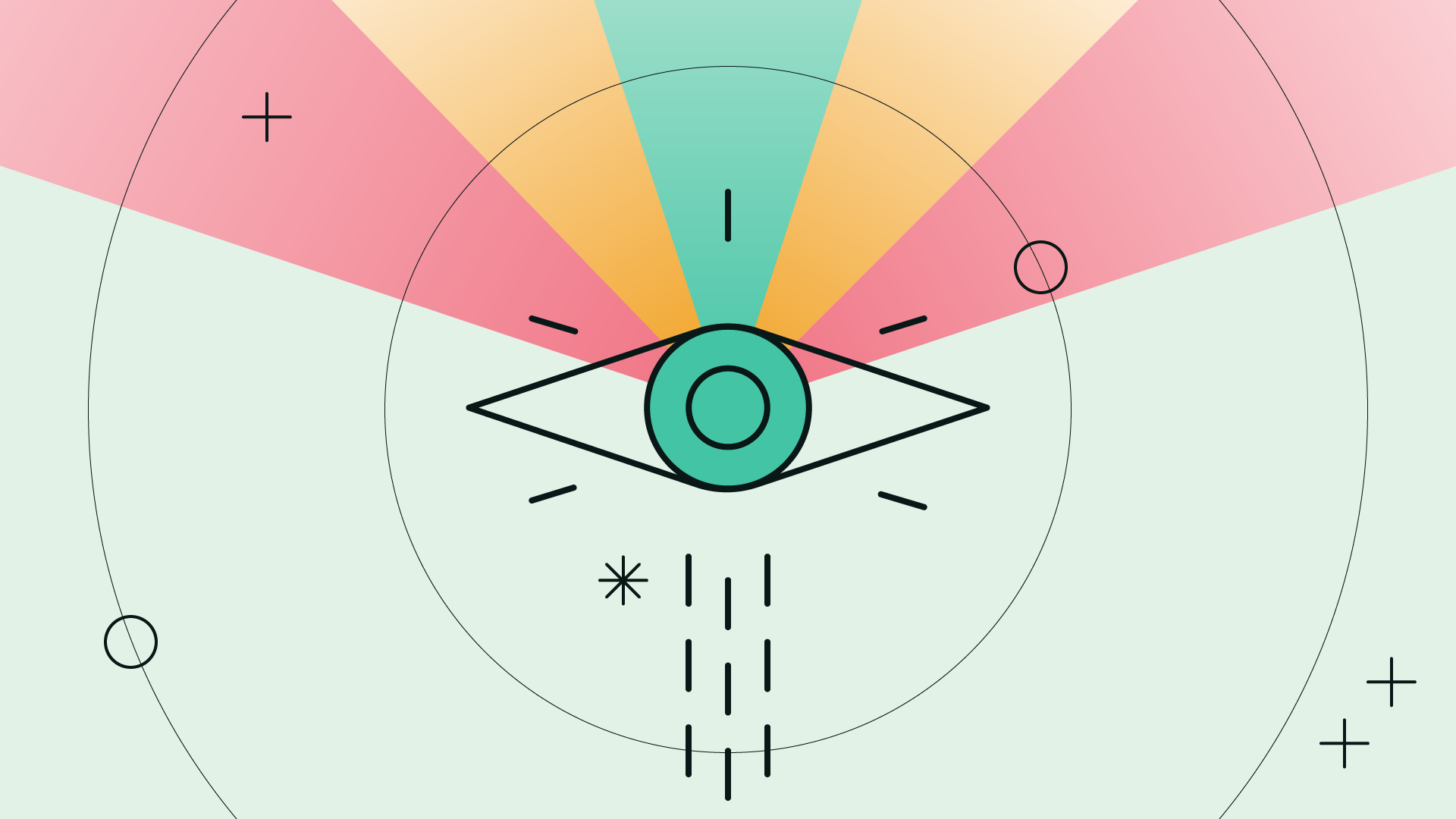How to Innovate by Spotting and Applying Trends
Have you ever read an article about design trends and
wondered, “Where on earth did
THAT come
from?”
How to Innovate by Spotting and Applying Trends
Design for Manufacturing (DFM): 8 Principles Every Product Designer Should Know
Even great designs fail when manufacturability gets overlooked. Learn eight principles every designer should apply to reduce risk, avoid waste, and ensure your product is ready for real-world production. Need a broader strategy? Download our white paper on building resilient product development pipelines.
Read more
COVID-19 At-Home Tests: A Game Changer, But at What Cost?
Home self-testing kits have played a crucial role in managing the spread of COVID-19 in the US, but a steep environmental price is hidden in the societal benefit.
Read more
Speculative Design and a Cone of Possibilities
Speculative design requires people to suspend their disbelief and allow their imaginations to wander. Here's one tool to ground it in reality.
Read more
Empathic Design in Practice
What comes before and after you walk in your users' shoes? We distill empathic design into six principles for easy adoption.
Read more
2021's Top 10 Innovation and Product Design Posts
In 2021 you devoured blogs about looking at old problems in new ways, unlocking your professional potential, and creating products that change the world for the better.
Read more
The expanding definition of design
There’s a growing sense of urgency and renewed purpose in the design community.
Read more
